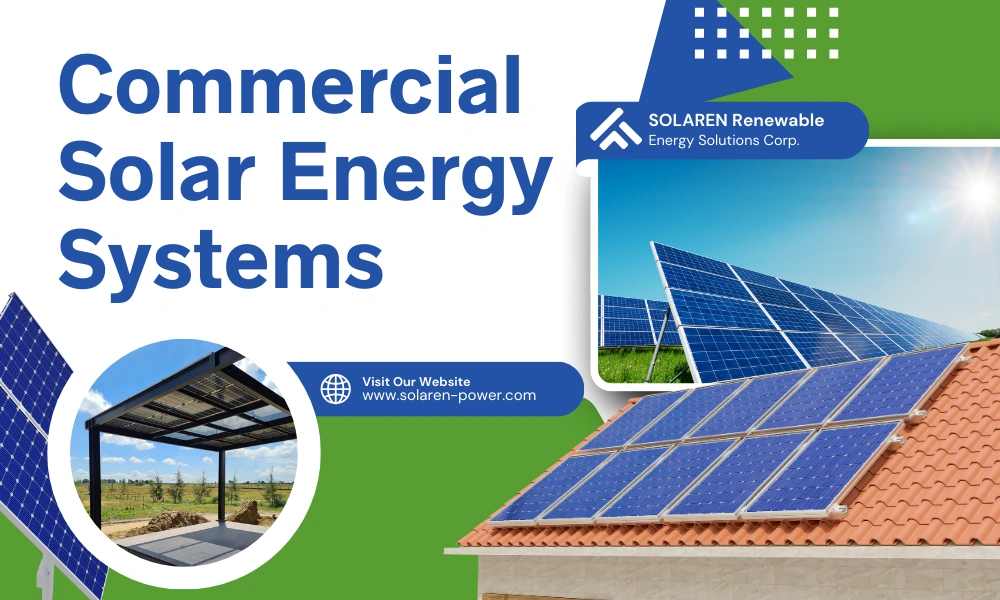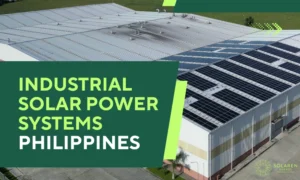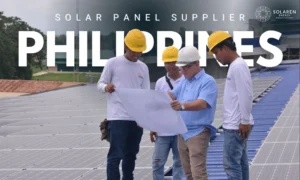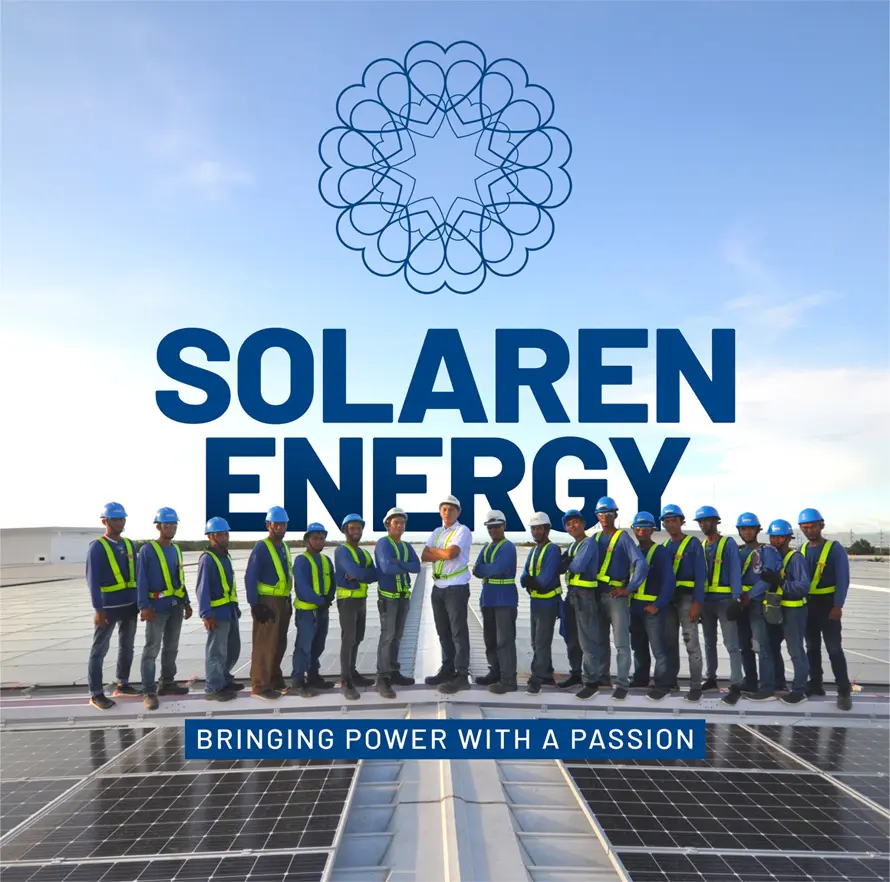Standard solar modules are monofacial. They generate power only from light hitting the front surface. Another alternative is bifacial modules. These absorb sunlight from both front and back surfaces. This design can significantly increase energy yield per square meter. For businesses investing in commercial solar energy systems, bifacial technology offers more power, better space usage, and potentially far stronger returns.
When installed above reflective surfaces like concrete or white roofing, bifacial modules capture extra light from underneath. This additional gain, known as the Albedo effect, can raise overall performance. Used and installed correctly, bifacial systems boost energy generation without expanding the PV system footprint.
The Technology’s Origins
Research into bifacial PV cells began in the 1960s. Japan, Russia, and Spain all played early roles. Russia even used bifacial panels in its space program. In 1980, Spanish researchers highlighted how light-colored ground could boost output from PV modules by up to 50%. This gave rise to the term “Albedo effect”
Cell Construction
Bifacial modules were often historically based on monocrystalline silicon. While most PV cells were p-type, bifacial ones often use n-type architecture for higher efficiency. Rear-side collection requires advanced manufacturing, but the resulting performance gains justify the cost. N-type modules can also have significant other benefits versus traditional p-type modules.
How Bifacial Modules Work
The front of the solar panel captures direct sunlight. The rear picks up reflected light. Elevating panels above reflective surfaces like white concrete or metal rooftops increases rear-side output. Businesses benefit from this design in most scenario’s, including commercial solar energy systems.
Advantages for Businesses
Bifacial panels cost more but almost always deliver higher lifetime output. They’re ideal for carports, flat rooftops, and open areas with reflective surfaces. Over time, the higher electricity yield per watt and improved durability almost always lead to a better return on investment.
When used as part of broader renewable energy solutions, these modules:
- Deliver higher daily output
- Provide very strong warranties (often 30 years)
- Lower the long-term cost of electricity
- Protect against Potential Induced Degradation
- Can benefit from using double glass modules, which has significant advantages over traditional back sheets
Installation Tips
- Use light-colored or white-painted surfaces underneath the panels
- Raise the panels off the ground to reduce self-shading
- Minimize structures or rails that block the rear side of the panels
Carports, elevated racks, and traditional rooftops offer the potential for strong performance. You should also always consider structural support and wind load when increasing panel height.
Real-World Use Cases
Companies with large rooftops or open spaces see the greatest benefits. Retail centers, logistics hubs, and manufacturing sites can all integrate bifacial panels into their commercial solar energy systems. Our executed projects show strong gains when reflectivity and spacing are optimized. It is important to seek professional advice.
Testing and Results
Simulations and field tests confirm that rear-side light can significantly boost total output. Even small design changes, such as paint color or panel height can impact energy performance. Pairing bifacial modules with good surface preparation improves consistency and yield.
Looking Ahead
As technology matures, bifacial modules will become a standard part of modern solar design. With more manufacturers adopting this technology, costs may decrease. For companies planning long-term power solutions, integrating bifacial modules into commercial solar energy systems provides very clear value.
Solaren continues to lead in deploying premium solar technology in the Philippines. With over a decade of experience, Solaren was the first to introduce bifacial panels locally as early as 2016. Their work with German and British-engineered equipment ensures long-term performance and client satisfaction. We have vast experience and data relating to high yielding solar energy systems. Please ask us.









